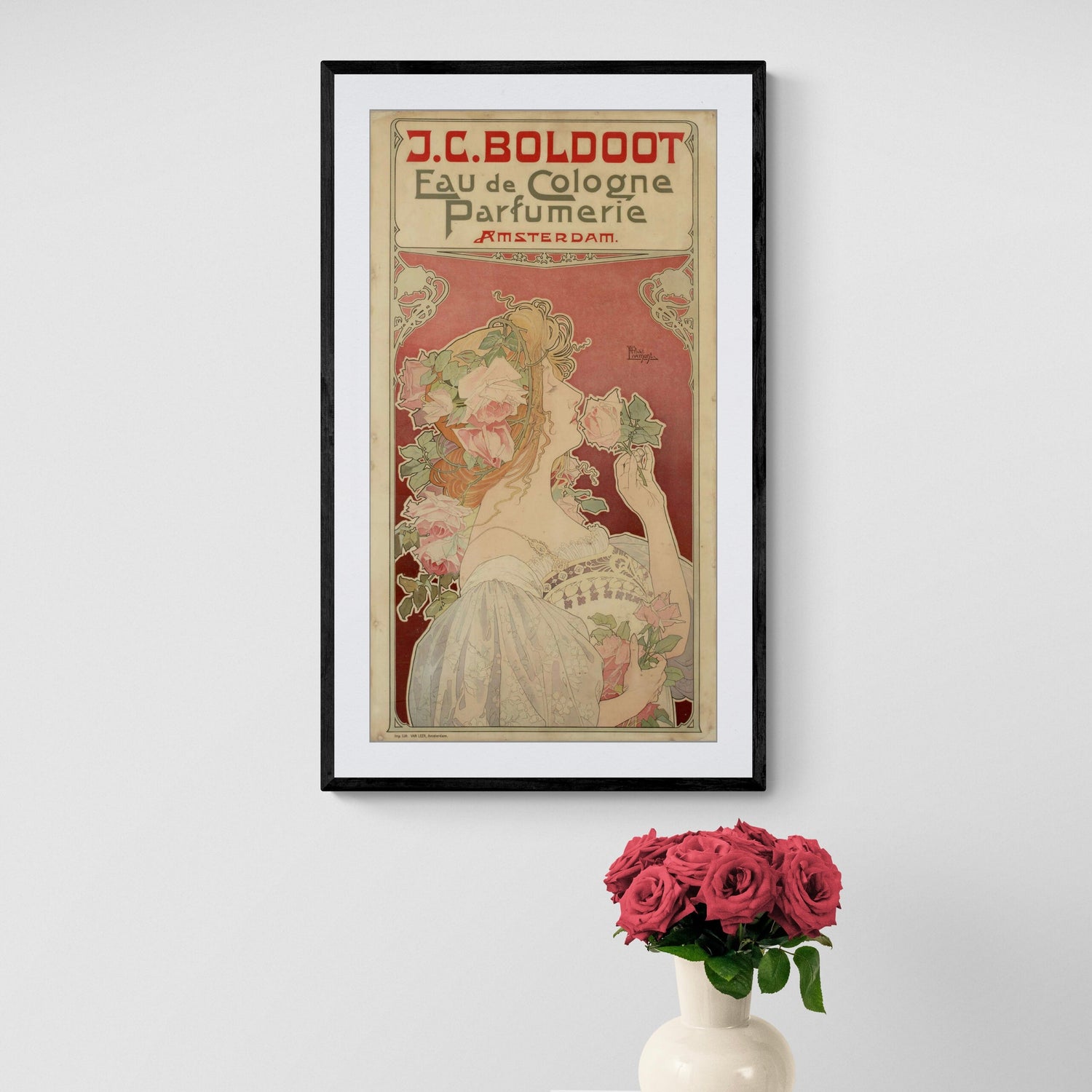![]()
In the realm of Japanese art, particularly in the early 20th century, one name stands out for his profound influence and exquisite craftsmanship—Kawase Hasui. Renowned for his beautiful landscape prints, Hasui played a pivotal role in the Shin-Hanga movement, revitalizing the traditional ukiyo-e art form with a modern perspective. His work is celebrated worldwide, not just for its aesthetic appeal but for its historical significance in Japanese art. This blog post delves into the life of Kawase Hasui, exploring his biography, distinctive style, and enduring influence on the art world.
A Glimpse into Kawase Hasui's Life
Born in Tokyo in 1883, Hasui showed an early interest in art, inspired by the works of ukiyo-e masters like Hokusai and Hiroshige. Despite initial resistance from his family, who preferred he join the family business, Hasui pursued his passion for art. He studied under several artists, but his career took a significant turn when he met publisher Watanabe Shozaburo in 1918. Watanabe, the driving force behind the Shin-Hanga movement, recognized Hasui's talent and encouraged him to focus on landscape prints. This partnership marked the beginning of Hasui's journey as one of the most influential Japanese printmakers of the 20th century.
The Style of Kawase Hasui Prints
Kawase Hasui's prints are celebrated for their poetic depiction of the Japanese landscape, often capturing the changing seasons and times of day with a remarkable sense of mood and atmosphere. His work is characterized by a keen attention to detail, a masterful use of color, and an ability to evoke a deep sense of tranquility and nostalgia. Hasui's prints often featured rural scenes, historic temples, and serene waterways, reflecting a Japan untouched by the rapid modernization of the era. His technique involved careful planning, from sketching on-site to overseeing the woodblock printing process, ensuring that each print perfectly captured his artistic vision.
Influence on Japanese Art in the Early 20th Century
Kawase Hasui's contributions were instrumental in the success and international recognition of the Shin-Hanga movement. By blending traditional ukiyo-e techniques with Western painting principles, Hasui and his contemporaries breathed new life into Japanese printmaking. His landscapes served not only as beautiful art pieces but also as a bridge between the old and new Japan, capturing the essence of the country's natural beauty amidst the backdrop of modernization.
Hasui's work gained significant attention both in Japan and abroad, particularly in the United States, where his prints were highly regarded for their artistic and cultural value. Through exhibitions and international exchanges, Hasui's prints helped introduce Japanese art and aesthetics to a global audience, fostering a greater appreciation and understanding of Japan's artistic heritage.
Legacy and Recognition
Kawase Hasui's legacy is enduring, with his prints held in high esteem by collectors and museums worldwide. In recognition of his contributions to Japanese art and culture, Hasui was named a Living National Treasure in 1956, a prestigious honor that highlighted his role in preserving and promoting traditional Japanese printmaking. Today, Hasui's prints continue to captivate audiences, serving as a testament to his artistic mastery and his profound impact on the world of art.
His work not only provides a window into the Japan of the past but also inspires contemporary artists and designers, who draw on his techniques and sensibilities to create works that bridge the gap between tradition and modernity. The appeal of Kawase Hasui prints lies in their timeless beauty and the emotional depth they convey, making them cherished pieces of art that continue to resonate with people across the globe.
Conclusion
Kawase Hasui was more than just an artist; he was a visionary who captured the heart and soul of Japan through his prints. His dedication to his craft and his ability to convey the profound beauty of the natural world have left an indelible mark on Japanese art. As we reflect on his contributions, we are reminded of the power of art to transcend boundaries, connect cultures, and celebrate the beauty that surrounds us.
For anyone interested in Japanese art, the work of Kawase Hasui offers a captivating glimpse into the country's rich artistic heritage. His prints not only adorn walls but also serve as a source of inspiration and contemplation, inviting us to explore the depths of our connection to nature and tradition. Through his art, Hasui continues to influence and inspire, ensuring his place in the annals of art history as one of the most beloved Japanese artists of the 20th century.



